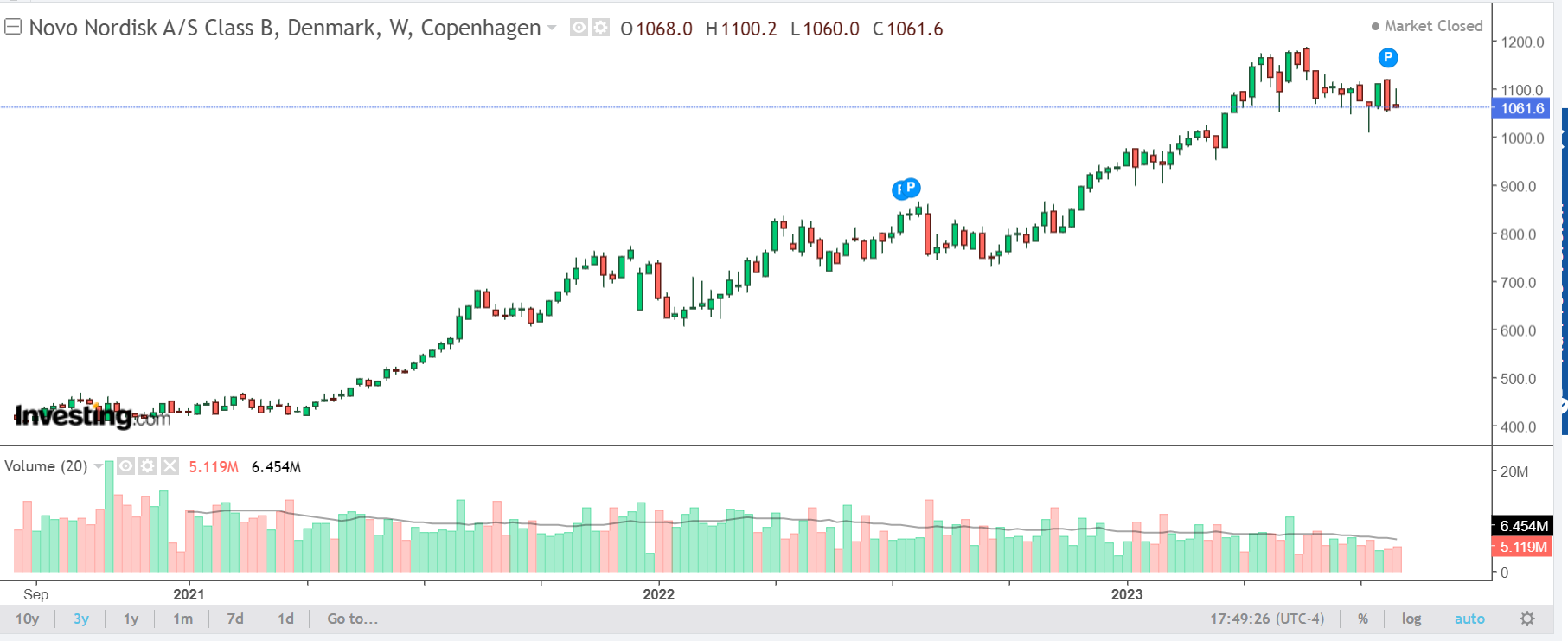What Is Paper Trading?
Paper trading refers to the practice of simulated trading so that investors can practice buying and selling securities without the actual exchange of money. But what makes it a buzzword among beginners.
Understanding Paper Trading
You might be wondering, ‘What is paper trading?’ Well, to put it simply, paper trading is a no-risk form of virtual trading. Here, you simulate stock trades instead of investing real money, almost like a game.
It’s especially handy for beginners, as you can toss your hat into the ring without fear of losses. Savvy investors use it as a testing ground for new trading strategies. And the best part? You can do all these whiles gaining an understanding of how the market works.
Moreover, it helps instill proper trading habits, such as making well-informed decisions and monitoring the markets. But always remember, while it’s safe and fun, the real deal involves real money and real risks.
Benefits of Paper Trading
1. Risk-Free Learning: One of the primary advantages of paper trading is that it provides a risk-free environment for learning and experimentation. Novice traders can gain hands-on experience in executing trades, analyzing market trends, and managing portfolios without jeopardizing their hard-earned money.
2. Strategy Development: Paper trading enables investors to test various investment strategies and evaluate their effectiveness before implementing them with real capital. This helps traders identify strengths and weaknesses in their approaches, allowing for refinement and optimization.
3. Market Familiarization: By engaging in paper trading, individuals can familiarize themselves with different financial instruments, such as stocks, options, futures, or currencies. This familiarity enhances their understanding of market dynamics and improves decision-making abilities when dealing with real investments.
How Does Paper Trading Work?
Paper trading platforms provide users with virtual accounts that simulate real trading environments. These platforms often offer access to historical and real-time market data, charting tools, news feeds, and other resources necessary for analysis. Participants can place trades based on current market conditions and track the performance of their virtual portfolios.
While paper trading replicates the trading process, it is important to note that it does not capture all aspects of real trading. Factors such as slippage, liquidity, and emotional impact are absent in paper trading, which can affect real-world trading outcomes.
Significance of Paper Trading
1. Skill Development: Paper trading allows traders to develop and refine their skills before entering the live market. By practicing different strategies and analyzing their performance, individuals can build confidence and competence in their decision-making abilities.
2. Risk Management: Through paper trading, investors can learn how to manage risk effectively. They can experiment with different risk management techniques, such as setting stop-loss orders or diversifying portfolios, without the fear of losing real money.
3. Confidence Building: For novice traders, paper trading serves as a confidence-building tool. By gaining experience and achieving positive results in simulated environments, individuals can develop the necessary self-assurance to navigate the complexities of real-world trading.
Paper trading is an important resource for both novice and experienced investors alike. It offers a safe environment for learning, strategy development, and market familiarization. By utilizing paper trading platforms effectively, individuals can enhance their skills, manage risk more efficiently, and build confidence in their investment decisions.
Simon Frandsen / Pyjamastraders




